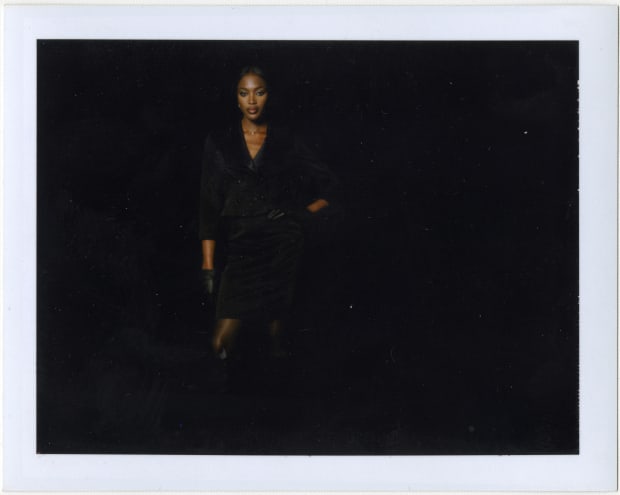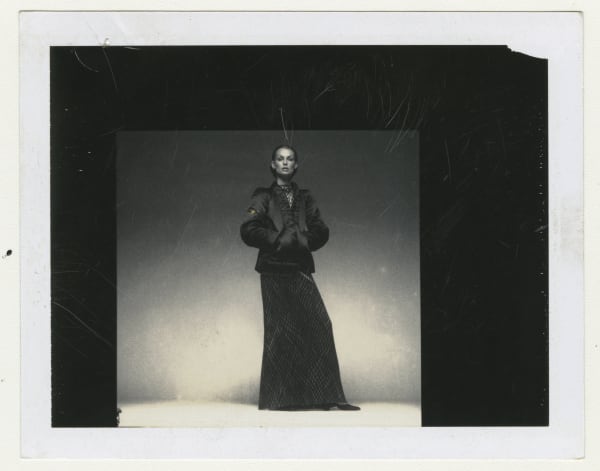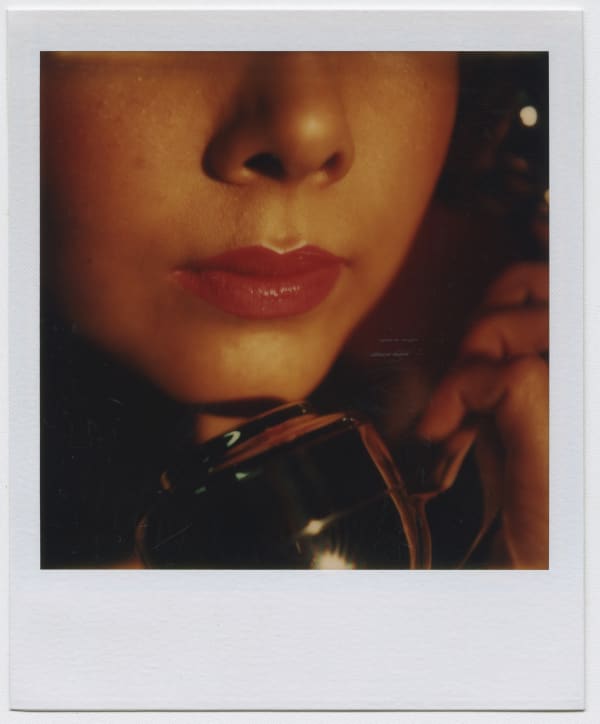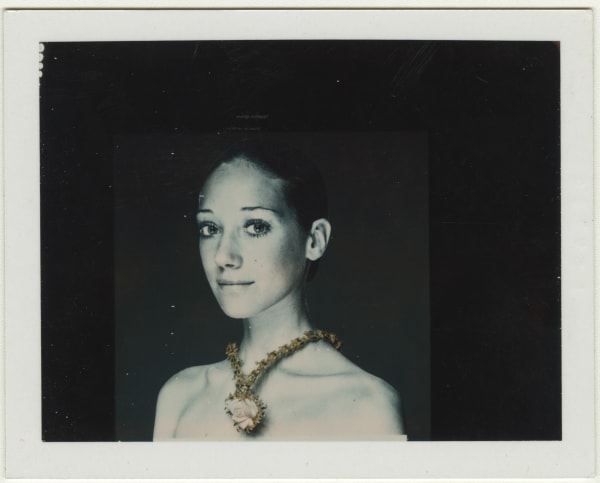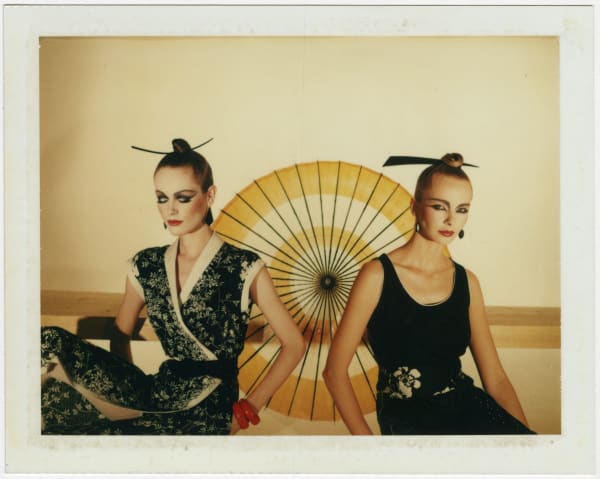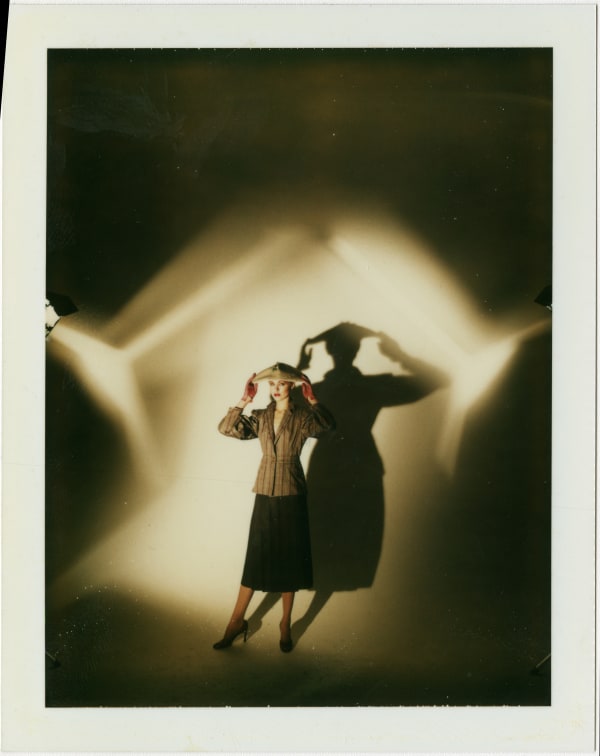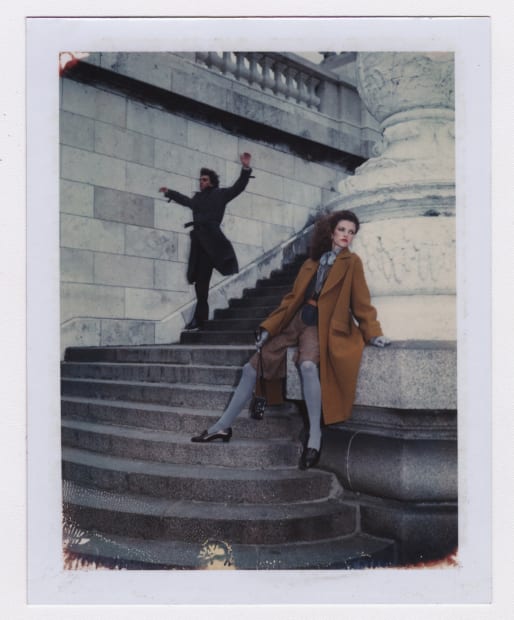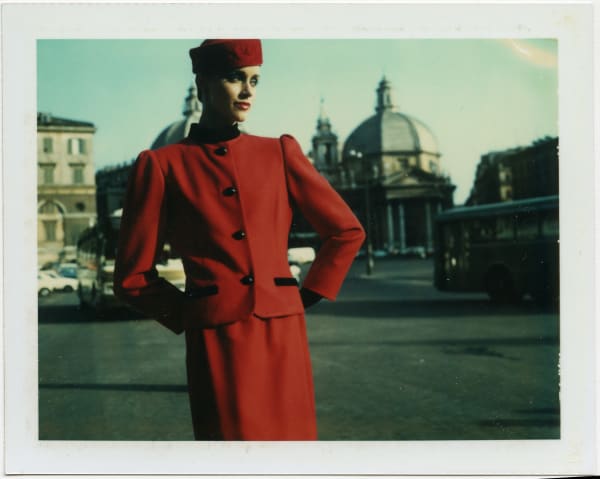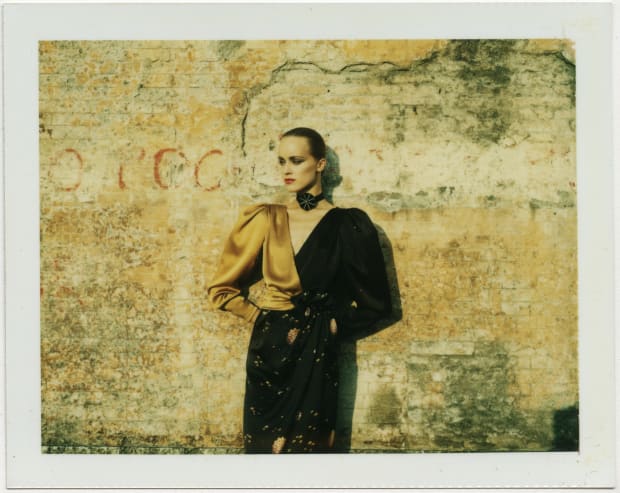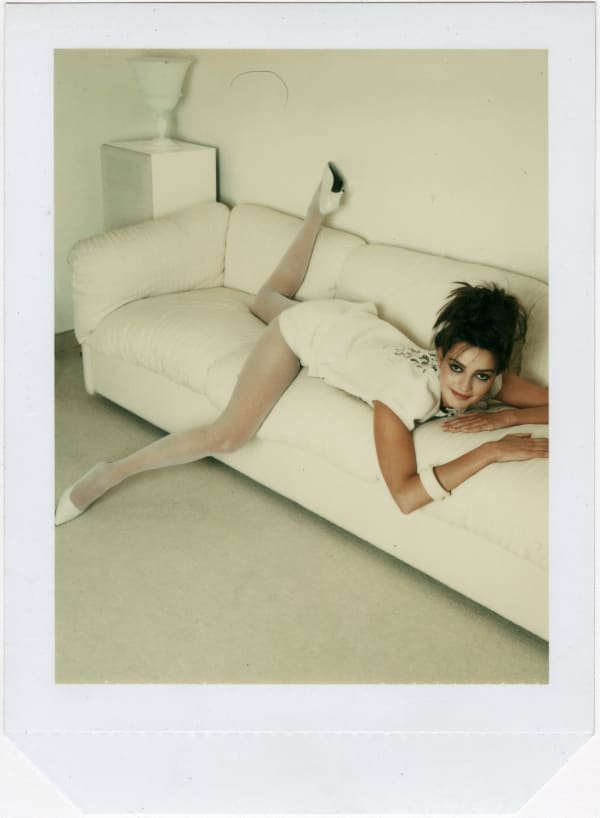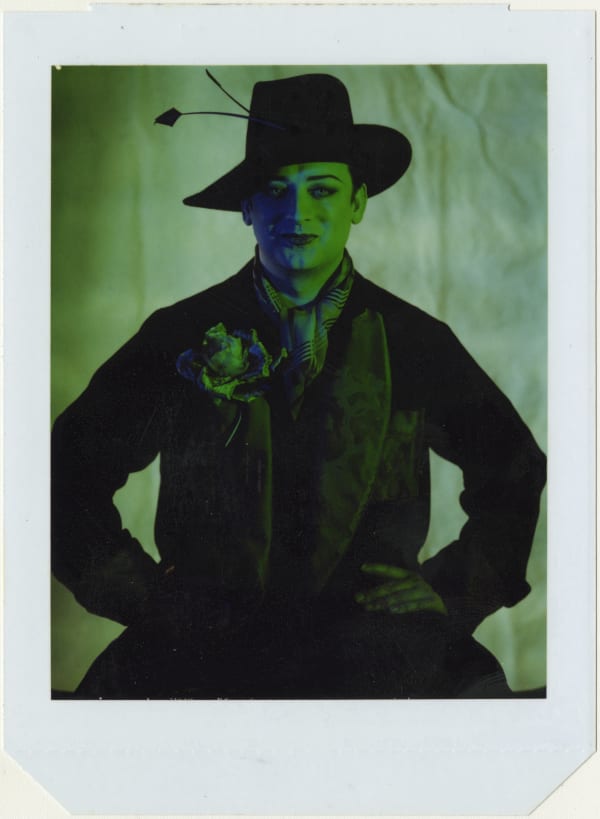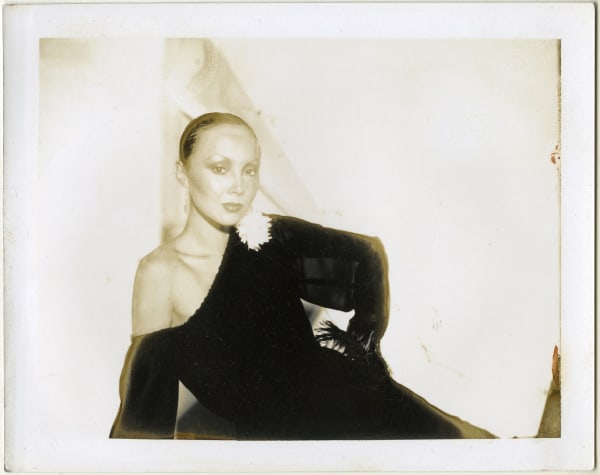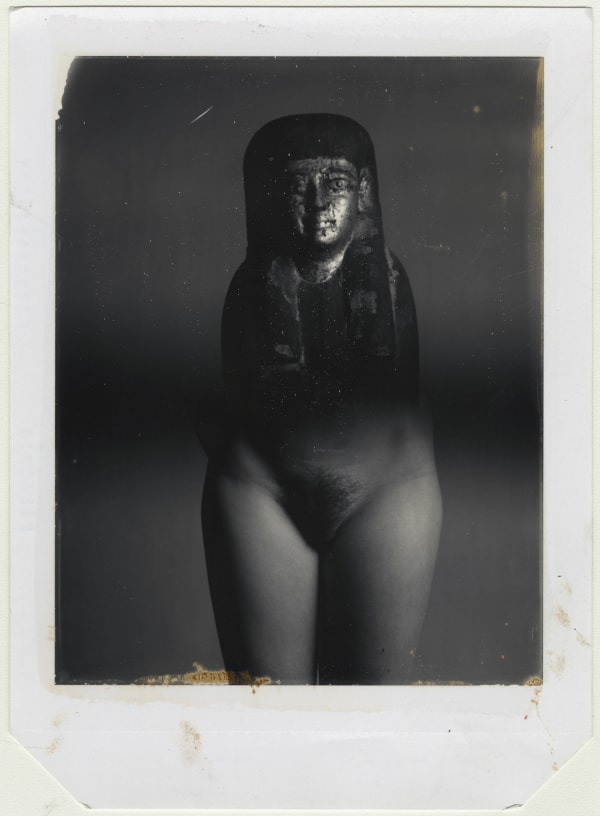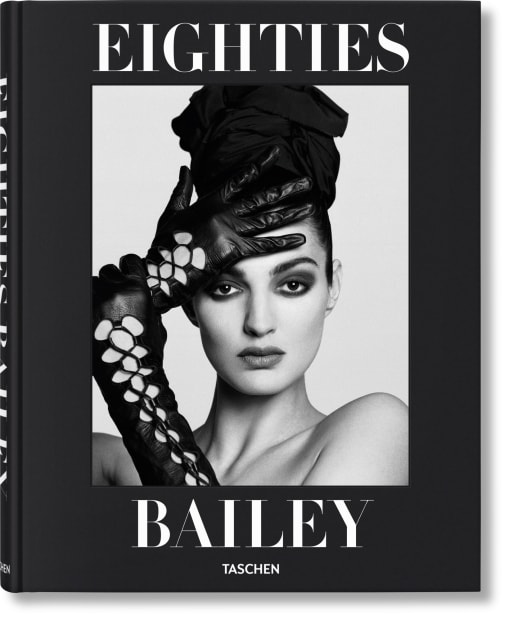-

-
 David Bailey in the studio, 2006 © David Bailey
David Bailey in the studio, 2006 © David Bailey -
 Naomi Campbell © David Bailey
Naomi Campbell © David Bailey -
David Bailey emerged as a groundbreaking fashion photographer in the early 1960s, marked by significant cultural and social shifts in Britain and beyond. His ascent coincided with pivotal developments in a cultural revolution marked by a shift towards youth and the rise of a counter-culture that mirrored increased social mobility and the dismantling of class barriers. Encapsulating and shaping this new ethos, his work departed from previous decades' more formal, posed fashion photography. The demand for inventive, dynamic imagery in Vogue magazine granted photographers greater creative freedom, a platform that Bailey leveraged to introduce a fresh sensibility, marked by a more informal, high-energy approach that resonated with the spirit of the times.
-
 © David Bailey
© David Bailey -
Bailey steered fashion out of the studio and onto the streets, capturing models such as Jean Shrimpton within urban environments. Embracing the portable 35mm camera facilitated a faster, more fluid shooting style that authentically conveyed the spontaneity of the era. His distinctive photographic style introduced a gritty, urban realism that contrasted with the previously prevalent, more polished, studio-based imagery. His work featured a high-contrast aesthetic, closely cropped frames, and often used unadorned backgrounds to draw focus to the subject. Eschewing statuesque, posed shots, he captured models in reflexive, dynamic poses, infusing his work with a sense of movement and vivacity that served as a wellspring of inspiration for a generation of photographers.
-
 Jean Shrimpton © David Bailey
Jean Shrimpton © David Bailey -
Bailey's emphasis on capturing the personality of his models and subjects, rather than merely their appearance, humanised fashion photography. In 1965, his release of the Box of Pin-Ups broke ground, yielding iconic portraits of cultural luminaries that defined the 'Swinging Sixties' aesthetic. His minimalist manner radically transformed fashion and portrait photography, shifting focus away from elaborate arrangements to centre on his subjects from a cultural milieu.
-
 Marie Helvin © David Bailey
Marie Helvin © David Bailey -
Bailey's integration of Polaroid cameras into his repertoire represented a convergence of artistic vision with the cutting-edge technology of the time. The distinctive appeal of Polaroids—slightly blurred, saturated colours, and white borders—became ingrained in visual culture, opening avenues for creative experimentation. This adaptation enabled Bailey to document his daily life and fashion shoots more seamlessly, offering an intimate, behind-the-scenes glimpse into his subjects and creative process.
-
 © David Bailey
© David Bailey -
Bailey developed his concept of "the drip" throughout his artistic practice, often referring to random, unexpected treatment to yield unique effects inherent within the medium, which he called 'the drip'. he would crevasse his Polaroids intentionally to expand the possibilities of the medium further to create unique effects, recalling: "When I was on trips I used to put Polaroids in a container with sea water, sand, and pebbles. I'd swirl it all around to get scratches. It's this random element that I call 'the drip'".
-
 © David Bailey
© David Bailey -
Bailey's use of Polaroids became an integral part of his photographic practice, allowing him to capture immediate, unfiltered moments to aid his creative process, revealing how he worked and developed ideas for his more polished photographs. as he's stated, "I don't know what's going to come back, it's kind of if I make mistakes it's part of the creation in a way because the only way you can get creative is by making mistakes".
-
Revealing a unique glimpse into fashion and cultural trends, Bailey's polaroids serve as a trace of time past. These intimate snapshots provide a behind-the-scenes look at the his creative process and the individuals he photographed, making them a valuable record of a pivotal period in history. His Polaroids represent a convergence of technological innovation, artistic vision, and cultural archive, embodying the spirit of experimentation and rebellion that defined Bailey's career. As unique works that hold significant artistic value as enduring examples of Bailey's pioneering approach to photography and his lasting influence in fashion and visual culture.
-
David Bailey's collection of Polaroids are curated from his archives. His distinctive eye and personal touch are palpable in these one-of-a-kind works, tracing the evolvement of fashion throughout the decades. His Polaroids are an intimate visual diary of his long career and this collection features images from fashion shoots from the 1970s onwards, both in the studio and on location, miniature portraits of iconic figures and still-life compositions. Spontaneous and deeply personal, these photographs offer a glimpse into Bailey's creative process, capturing the essence of his subjects that have shaped his life and work.
-

-

Bailey's Polaroids: Fashion through the Lens
Current viewing_room


